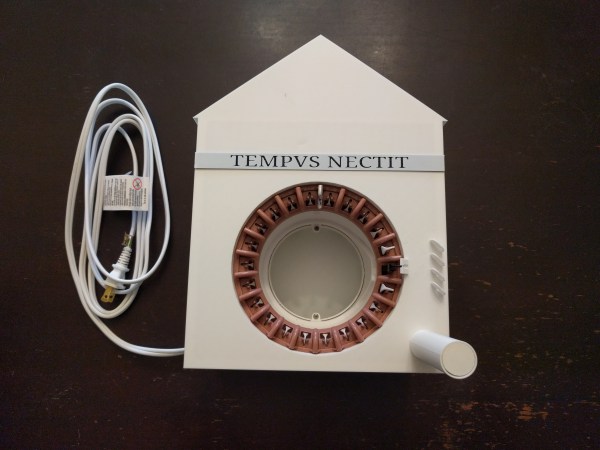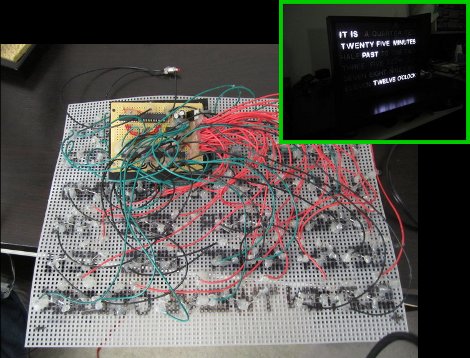The loom has been a transformative invention throughout history, shaping the textile industry from simple hand looms to complex, fully automated machines. Now, thanks to advancements in 3D printing, this age-old craft is being revitalized by modern makers. One such creator, [Fraens], has recently designed a unique 3D-printed table loom with eight shafts, offering a simpler yet innovative approach to weaving. This project is a fresh take on traditional looms, blending centuries of design knowledge with contemporary technology.
[Fraens], a longtime enthusiast of looms, has spent considerable time studying the countless designs that have evolved over more than 200 years. Drawing inspiration from these, he has crafted a more accessible version—a table loom that can be operated using levers to control the warp threads. Unlike larger, more complex looms, this 3D-printed model allows users to experiment with various weaving patterns easily, using different colors and sequences to create beautiful, intricate designs. [Fraens] provides guidance on how to adapt patterns meant for larger looms to this compact, lever-operated version on his website and in a detailed video tutorial.
This project is perfect for anyone interested in weaving or DIY technology. [Fraens]’ 3D-printed loom offers a new way to explore textile creation, making it both approachable and rewarding. To see this innovative loom in action and learn how to build your own, check out the video below.
Continue reading “Simple 3D-Printed Table Loom For Complex Weavings”














